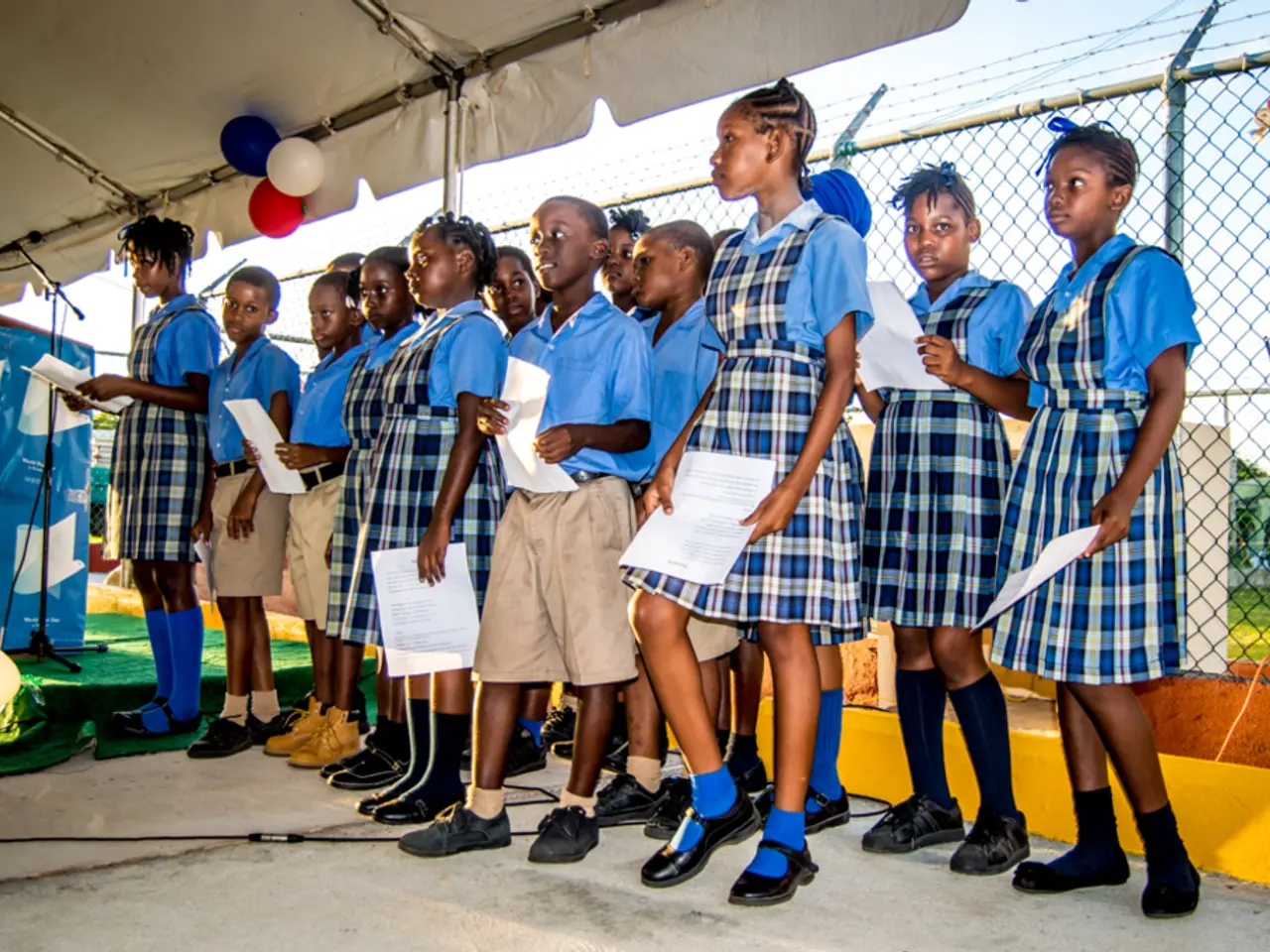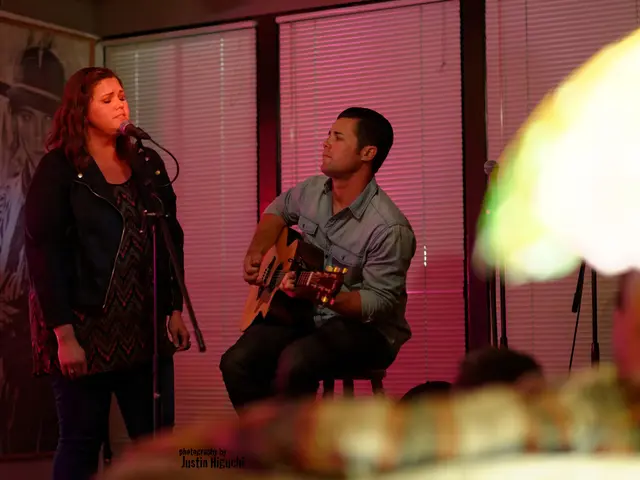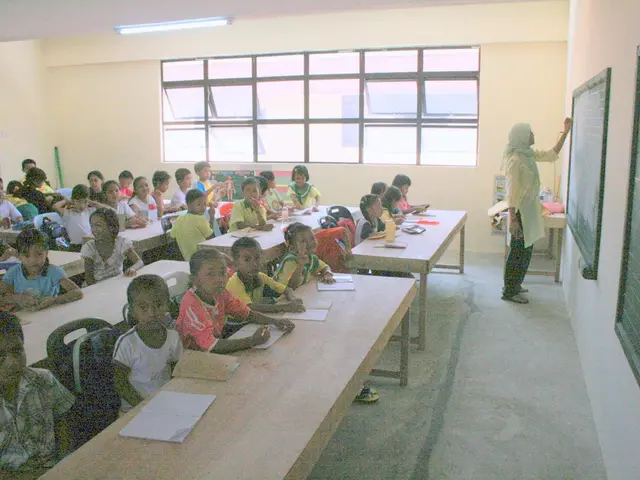Distinction Among State-Run, Public, and Private Educational Institutions
In the UK, the educational landscape is diverse, with two main sectors: state schools and private schools, also known as independent schools. While both sectors strive to provide quality education, they differ in several aspects, including fees, class sizes, academic standards, extracurricular activities, and higher education opportunities.
State schools, funded by the government, are free to attend and open to all children aged 5 to 18. They tend to have larger class sizes due to public funding and higher student numbers. However, many selective state schools achieve A-Level results comparable to top private schools, with some reaching or exceeding 85% grades at A* or A [3].
On the other hand, private schools charge fees for admission and enrolment, which can be substantial [1]. These schools generally have smaller class sizes, allowing for more individualized attention, although specifics vary between schools [1]. They are often perceived as having higher academic standards due to additional resources and support, but studies have shown that state school students with similar A-Level grades can outperform private school peers at degree level [1][5].
Extracurricular activities are an essential part of a well-rounded education. State schools offer a range of opportunities, but these can be limited by funding and resources. In contrast, private schools typically offer more varied and extensive extracurricular activities, with a strong emphasis on sports, arts, and leadership [1].
Higher education opportunities are becoming increasingly competitive for both sectors. State school students, particularly those from selective schools, are making significant strides in gaining admission to top universities like Oxford and Cambridge [5]. Recent trends show increased state school applicants to prestigious universities, evidence of growing access and competitiveness [5].
Historically, private school students have had higher entry rates and better outcomes for elite graduate employment and postgraduate study. However, the gap is narrowing as state school representation grows at top universities [1][5]. A 2013 HEFCE study showed private school students had a higher percentage of first or upper second class degrees than state school students, but it did not adjust for entry qualifications, so direct comparisons are limited [1].
Choosing the right school is a significant decision for parents, influenced by factors such as a child's personality, budget, and school reputation. Some private schools are boarding schools or offer boarding options, providing a sense of independence and growing confidence [2].
In conclusion, while private schools in the UK generally have higher fees, smaller classes, and more extensive extracurricular activities, which historically correlate with better university outcomes, many selective state schools achieve similar academic standards. State school students are increasingly competitive for top universities and degree performance, narrowing traditional gaps in higher education opportunities.
It's essential to note that 'public schools' in the UK refer to prestigious private schools like Eton and Harrow, while state schools are funded by the government and adhere to the national curriculum. Some state schools, such as grammar schools and academies, are selective and focused on academics.
References:
- BBC News - Private schools 'underperforming' on degrees
- GOV.UK - Scholarships and bursaries for independent schools
- The Guardian - State schools outperform private schools in A-levels, study finds
- The Telegraph - State schools 'outperforming private schools' at university
- The Independent - State school pupils are outperforming private school students at university
The open days for selective state schools and private schools offer parents the chance to explore the educational and lifestyle opportunities available. For instance, scholarship opportunities can be found in some private schools, providing financial assistance for eligible students. Despite the higher fees and smaller class sizes in private schools, recent statistics show that some state schools have comparable academic standards, suggesting that education-and-self-development can be attained in both sectors.




